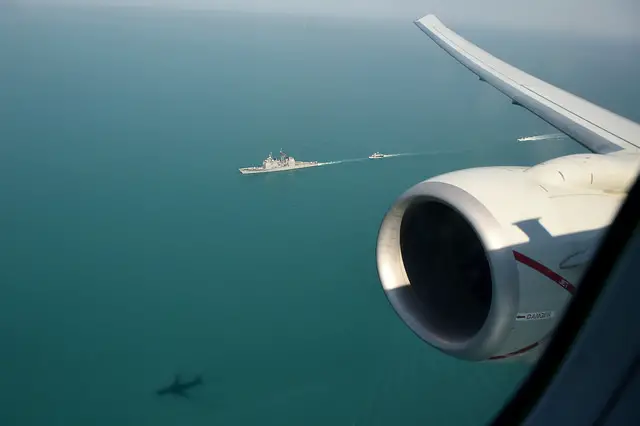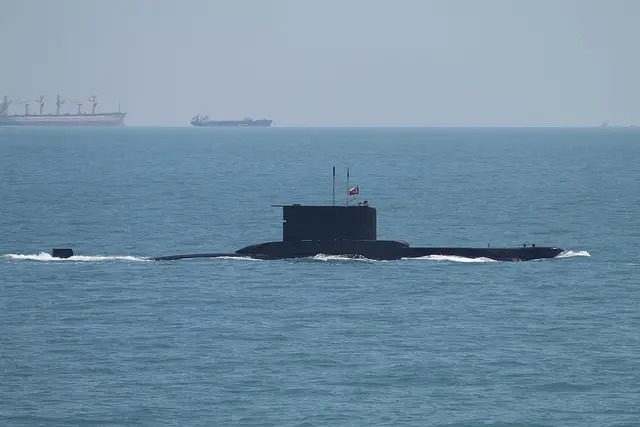|
Sea Breeze 2017 Takes Anti-submarine Warfare Training to Advanced Level
|
||
| .a | ||
|
||
|
|
|||
 ODESSA, Ukraine (July 21, 2017) A P-8A Poseidon, assigned to Patrol Squadron (VP) 16, participates in a photoex flight during exercise Sea Breeze 2017 in Odessa, Ukraine, July 21. Sea Breeze is a U.S. and Ukraine co-hosted multinational maritime exercise held in the Black Sea and is designed to enhance interoperability of participating nations and strengthen maritime security within the region. (U.S. Navy photo by Mass Communication Specialist 1st Class Justin Stumberg/Released) ODESSA, Ukraine (July 21, 2017) A P-8A Poseidon, assigned to Patrol Squadron (VP) 16, participates in a photoex flight during exercise Sea Breeze 2017 in Odessa, Ukraine, July 21. Sea Breeze is a U.S. and Ukraine co-hosted multinational maritime exercise held in the Black Sea and is designed to enhance interoperability of participating nations and strengthen maritime security within the region. (U.S. Navy photo by Mass Communication Specialist 1st Class Justin Stumberg/Released) |
|||
|
|
|||
|
Turkey is the only NATO country in the Black Sea that operates submarines. Its military has been involved in the exercise since the 1990s, bringing decades of submarine and ASW experience.
This year, the Ukrainians and other exercise navy participants saw the real capacity of a submarine as part of an opposing force, Kiroglu said. A diesel submarine, such as the Ay-class involved in the exercise, can become almost as quiet as the surrounding ocean. It can rest on the seafloor and blend in with surrounding underwater formations. Learning to recognize the subtle acoustic sounds of a diesel submarine operating near a task force is helpful because most countries that have submarines tend to use diesels, Kiroglu said. Nuclear-powered submarines are used by only a handful of countries. After the submarine departed Odessa, Ukraine, with the other exercise vessels participating in the free-play portion of Sea Breeze, its unpredictability became an especially important elementof the exercise, he said. The Turkish submarine helped Ukrainian and other exercise participants learn to methodically search the sea. In addition to ASW training, there was another benefit to the Turkish submarine’s participation. Turkey’s submarine command is run in accordance with NATO standards, contributing to the interoperability of the Sea Breeze navies, helping them to work as a team. Managing a submarine force is more than just attaching an underwater vessel to surface combatants, Kiroglu said. It involves effective thinking of the underwater dimension , and learning to not just simply respond to the presence of adversary submarines, but proactively engaging with them to protect ships and personnel. Where hunting submarines in the battle space is concerned, “communication is everything,” he said. |
|||








